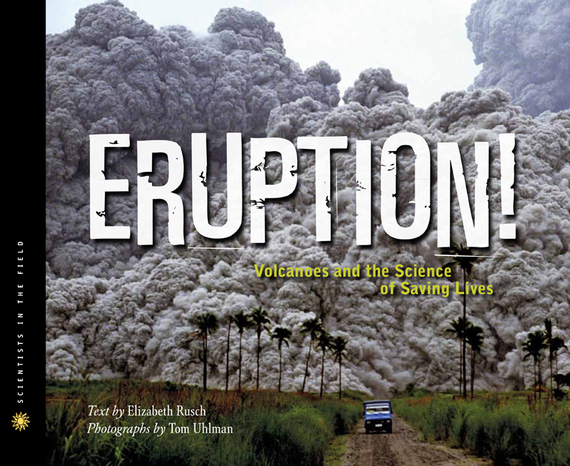As long as you are at a safe distance, there's nothing quite as fascinating as a disaster in progress. We read about them, watch movies about them and use them as cautionary tales. Learning about disasters is one way of dealing emotionally with our own mortality but it can also open hearts and minds to the best that's within us. The more we know about a disaster, the better to plan for the future and, perhaps, reduce the body count. So recent news of the latest eruptions of not one, but two, volcanoes in Indonesia, as reported here in the Huff Post, can't help but bring out the educator in me. I know a teachable moment when I see one.
 There is only one way to prepare people who live near an active volcano for a life-threatening eruption -- evacuation. But when? How accurately can we predict when it will blow? How do we measure volcanic activity? It's a big deal to make people pack up and move, leaving most of their stuff behind. Suppose you evacuate them and nothing happens? If authorities cry "wolf" too often, do you dilute credibility for the real deal? Questions like these are answered by author Elizabeth Rusch in her recent "Scientists in the Field" book: ERUPTION! Volcanoes and the Science of Saving Lives. There are more than 1,000 potentially active volcanoes around the world and more than fifty volcanoes erupt every year. The challenge of monitoring and predicting when a particular volcano will erupt has been taken on by the Volcanic Disaster Assistance Program, founded after the disastrous eruption of Nevado del Ruiz volcano in Colombia in 1985 that killed more than 23,000 people.
There is only one way to prepare people who live near an active volcano for a life-threatening eruption -- evacuation. But when? How accurately can we predict when it will blow? How do we measure volcanic activity? It's a big deal to make people pack up and move, leaving most of their stuff behind. Suppose you evacuate them and nothing happens? If authorities cry "wolf" too often, do you dilute credibility for the real deal? Questions like these are answered by author Elizabeth Rusch in her recent "Scientists in the Field" book: ERUPTION! Volcanoes and the Science of Saving Lives. There are more than 1,000 potentially active volcanoes around the world and more than fifty volcanoes erupt every year. The challenge of monitoring and predicting when a particular volcano will erupt has been taken on by the Volcanic Disaster Assistance Program, founded after the disastrous eruption of Nevado del Ruiz volcano in Colombia in 1985 that killed more than 23,000 people.
In ERUPTION! Rusch follows the VDAP teams of volcanologists as they do the dangerous work of setting instruments around the craters of volcanoes and creating local monitoring stations in order to establish baseline measurements so that they can more accurately "read the tea leaves" to predict the next eruption. It is a fascinating read, far more interesting and exciting than the perennially popular science fair project of a model volcano spewing carbon dioxide foam as the result of mixing baking soda and vinegar.
This is yet another fabulous children's nonfiction book, the kind that taps into our deepest fears as it exemplifies the kind of reading mandated by the Common Core State Standards. The scientists it portrays are detectives. They measure the effects of recent eruptions -- how deep is the ash, how far from the crater? -- in an effort to figure out the magnitude of a past eruption, whether or not the volcano will be quiet for a while or if it's just warming up for a huge, more violent explosion. The drive and ambition of the VDAP scientists become understandable to the reader. It is inspiring to share their journey. A book like this will resonate with some children and can help lead to the next generation of geologists.
Most importantly, it reveals science as a very real, very human activity instead of the all-to-often academic, remote, dry collection of non-intuitive laws and principles that make little connection with students so that they never come to understand why scientists love science.
You can read some of the starred reviews of ERUPTION! Volcanoes and the Science of Saving Lives here.
